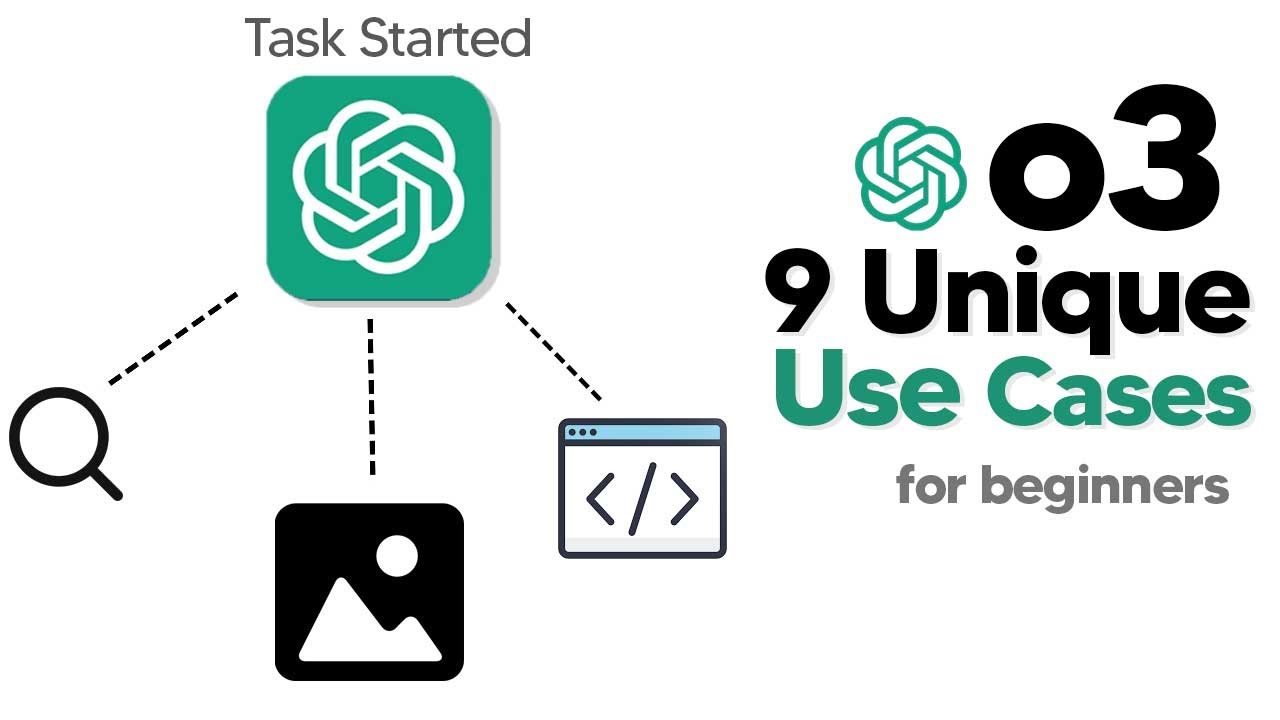The video showcases OpenAI’s new model, O3, highlighting its advanced capabilities such as sophisticated image reasoning, deep research analysis, and creative problem-solving, which set it apart from previous models. However, users are cautioned about its limitations, including a message cap for certain accounts and the potential for inaccuracies in its outputs.
The video discusses the new OpenAI model, referred to as O3, highlighting its game-changing capabilities and various use cases that can be integrated into daily workflows. The presenter emphasizes that O3 is not just another language model but an agentic AI designed to perform complex tasks, which sets it apart from previous models. However, it is important to note that users with a ChatGPT Plus or Enterprise account are limited to 50 messages per week, which translates to about seven messages per day. This limitation is crucial for users to keep in mind while exploring the model’s capabilities.
One of the standout features of O3 is its advanced image reasoning ability, which allows the model to analyze images in a more sophisticated manner than previous models. Instead of merely identifying objects within an image, O3 can dissect and reason about various elements, such as scenery and details, providing a deeper understanding of the context. This capability has led to creative applications, such as solving puzzles or identifying locations from images, showcasing the model’s potential for advanced reasoning tasks.
The video also highlights O3’s ability to conduct deep research quickly, making it a valuable tool for users needing rapid insights or analysis. The presenter demonstrates how O3 can analyze synthetic data from a Shopify store, providing historical projections and actionable insights based on trends. This feature allows users to gain valuable business intelligence without the need for expensive consulting services, making it an attractive option for entrepreneurs and business owners.
Another interesting use case discussed is O3’s capability to solve mazes and perform tasks involving image manipulation. The presenter shares a demonstration where O3 successfully navigates a maze, showcasing its reasoning process as it analyzes the image to find a solution. While this may seem more like a fun application, it illustrates the model’s versatility and potential for creative problem-solving.
Despite its impressive capabilities, the video also addresses some limitations of O3, particularly its tendency to hallucinate or misinterpret information. The presenter warns users to double-check the model’s outputs, especially in critical applications where accuracy is paramount. Overall, the video presents O3 as a powerful tool with a range of innovative use cases, while also reminding users to remain cautious about its limitations.
